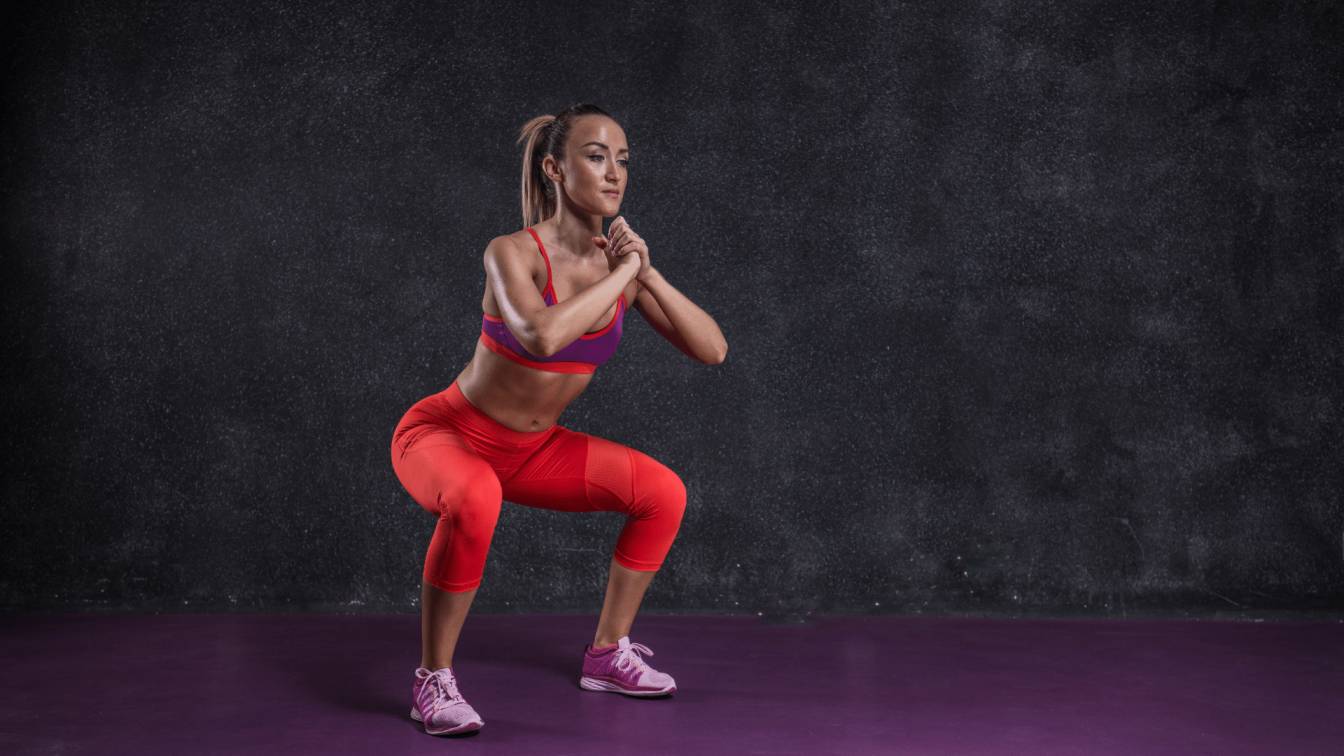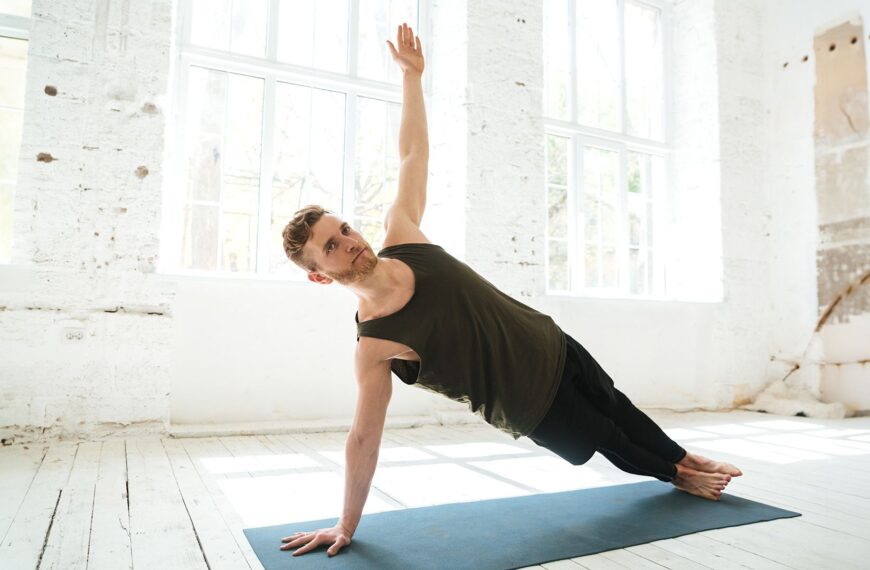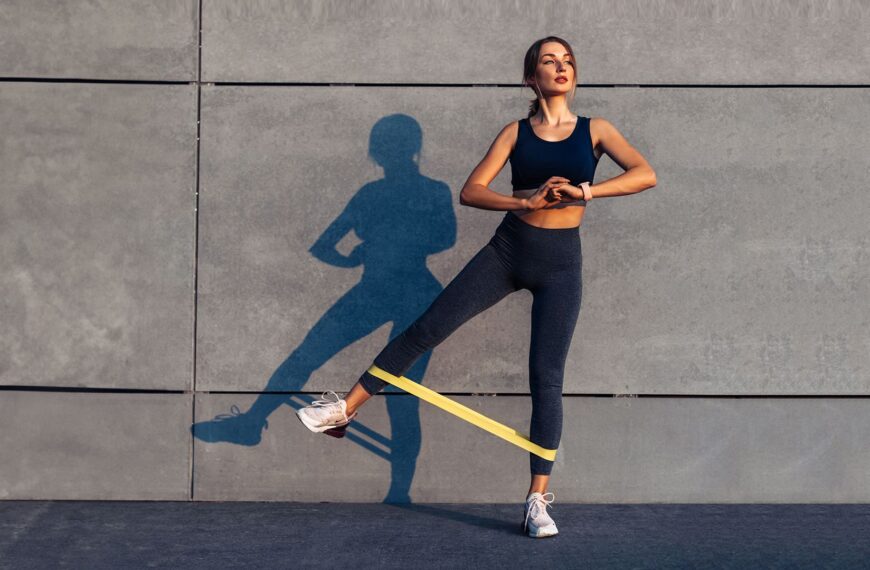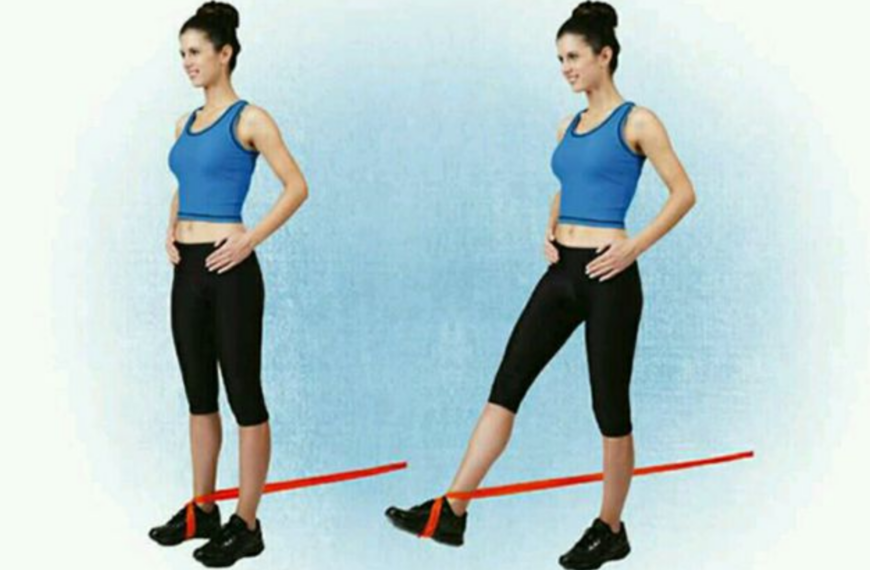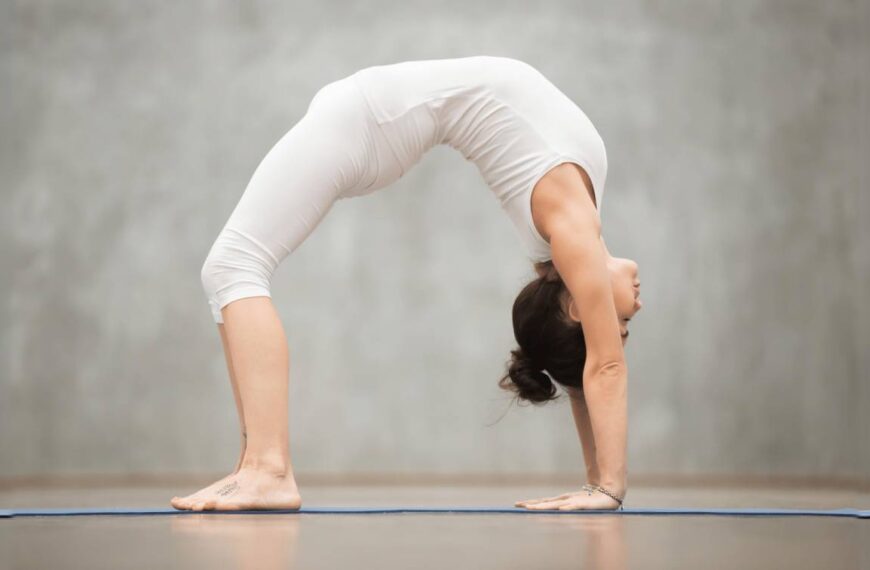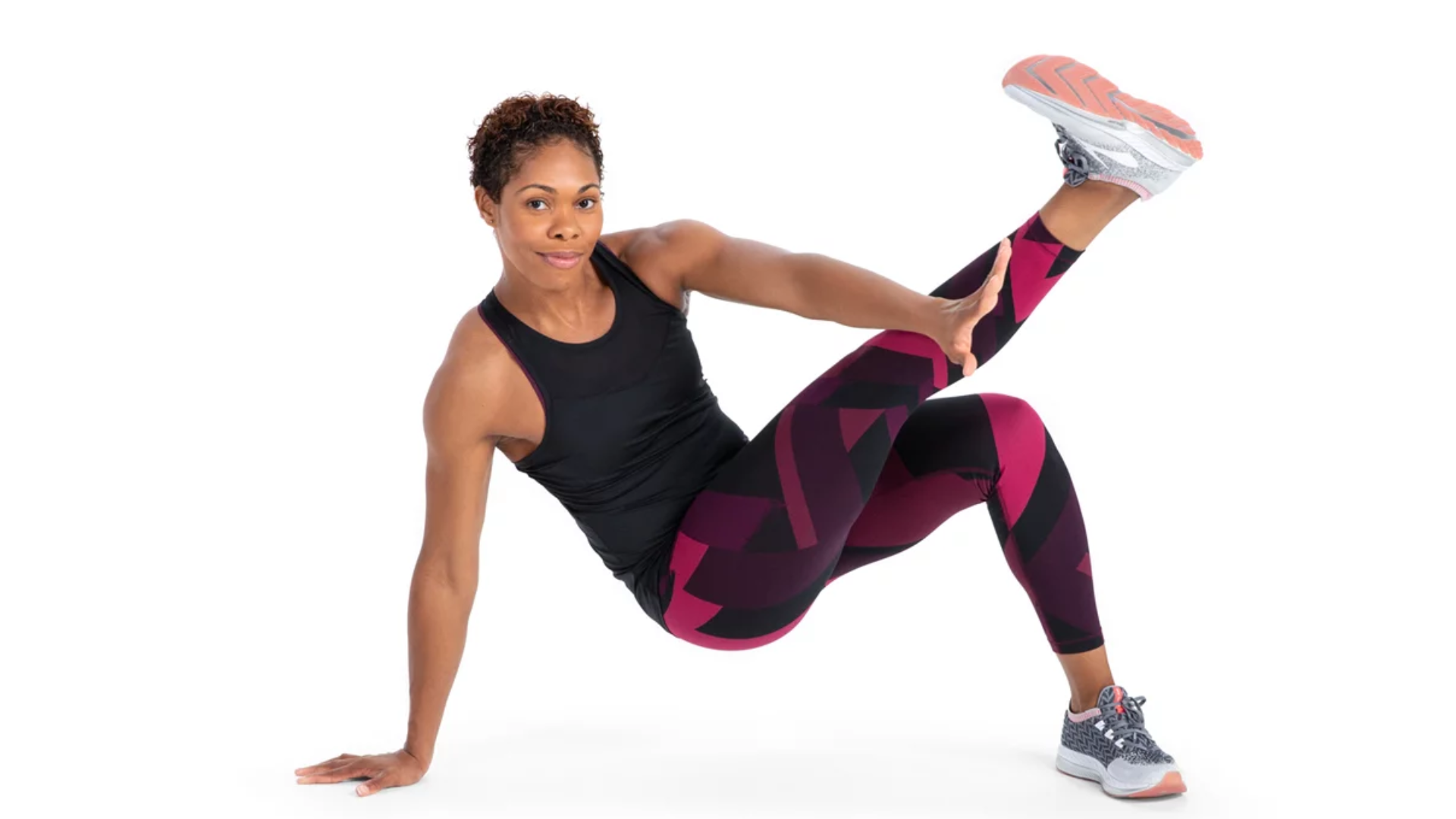Looking for a new exercise to add to your workout routine? Have you tried the heel click squat exercise? In this comprehensive guide, we will take a closer look at the heel click squat exercise, its benefits, and variations.
Heel Click Squat Exercise Guide
- Heel click squat exercise is a plyometric movement that targets the legs and glutes.
- The movement involves jumping up from a squat and clicking your heels together mid-air.
- The exercise is challenging but can be modified for beginners and is a great addition to any workout routine.
What is the Heel Click Squat Exercise?
The heel-click squat exercise is a compound exercise that targets your lower body muscles, including your quadriceps, hamstrings, glutes, and calves. It involves performing a squat and then jumping up, clicking your heels together mid-air, and landing back in the squat position. This exercise engages your core muscles and improves your balance and coordination.
How to Perform the Heel Click Squat Exercise
Follow these steps to perform the heel-click squat exercise:
- Warm-up your body before starting the exercise. Walk or jog in place for a few minutes, or perform some dynamic stretches.
- Stand with your feet shoulder-width apart and toes pointing forward.
- Lower your hips down and back into a squat position, making sure your knees do not go past your toes.
- Stand up and jump up explosively, clicking your heels together mid-air.
- Land back in the squat position and repeat for the desired number of reps.
- Cool-down after the exercise. Stretch your muscles and breathe deeply.
Maintain proper form and posture during the exercise to prevent injury and maximize its benefits. Keep your chest up, shoulders down and back, and your core engaged. Land softly on the balls of your feet to absorb the impact.
Benefits of the Heel Click Squat Exercise
The heel-click squat exercise offers numerous benefits that can enhance your overall fitness and athletic performance. Here are some of the key benefits:
1. Builds Lower Body Strength
The heel-click squat exercise targets multiple lower body muscles, including your quadriceps, hamstrings, glutes, and calves. Regularly performing this exercise can build strength and endurance in these muscles, improving your overall athletic performance and reducing the risk of injury.
2. Increases Cardiovascular Endurance
The heel click squat exercise is a high-intensity exercise that can quickly get your heart rate up. Performing this exercise regularly can increase your cardiovascular endurance, enhancing your overall fitness and helping you burn more calories.
3. Improves Balance and Coordination
The heel click squat exercise requires you to maintain balance and coordination as you jump and click your heels together mid-air. Regularly performing this exercise can improve these skills, enhancing your athletic performance and reducing the risk of falls and injuries.
4. Provides a Fun and Challenging Workout
The heel click squat exercise is a dynamic and challenging exercise that can add variety and excitement to your workout routine. Incorporating this exercise into your routine can keep your workouts fresh and engaging, helping you stay motivated and committed to your fitness goals.
Variations of the Heel Click Squat Exercise
| Variation | How to Perform | Benefits |
|---|---|---|
| Weighted Heel Click Squats | Hold a dumbbell or kettlebell at your chest as you perform the heel click squat. | Adds resistance to the exercise, which can increase muscle strength and endurance. |
| Plyometric Heel Click Squats | Perform the heel click squat as a plyometric exercise. Jump forward or backward as you click your heels together mid-air. | Increases the intensity of the exercise, which can improve cardiovascular endurance and burn more calories. |
| Curtsy Lunge to Front Squat Heel Click | Combine the curtsy lunge and front squat with the heel click jump. | Targets multiple lower body muscles, including glutes, inner and outer thighs, quadriceps, hamstrings, and calves. |
| Modifications for People with Injuries or Limitations | Reduce the depth of your squat or avoid jumping if you have knee problems. Avoid jumping and land softly if you have ankle problems. | Allows you to perform the exercise safely and avoid injury. |
There are several variations of the heel click squat exercise that you can try to add variety and challenge to your workouts. Here are a few examples:
1. Weighted Heel Click Squats
To add resistance to the exercise, hold a dumbbell or kettlebell at your chest as you perform the heel click squat.
2. Plyometric Heel Click Squats
To increase the intensity of the exercise, perform the heel click squat as a plyometric exercise. Instead of jumping straight up, jump forward or backward as you click your heels together mid-air.
3. Curtsy Lunge to Front Squat Heel Click
This variation combines the curtsy lunge and front squat with the heel click jump. It targets your glutes, inner and outer thighs, quadriceps, hamstrings, and calves.
4. Modifications for People with Injuries or Limitations
If you have knee problems, try reducing the depth of your squat or avoid jumping. You can instead perform a regular squat or a calf raise. If you have ankle problems, avoid jumping and make sure to land softly.
Conclusion
The heel click squat exercise is a dynamic and challenging exercise that enhances your lower body strength, cardiovascular endurance, balance, and coordination. Incorporating this exercise into your workout routine and trying its variations can add variety and excitement to your workouts and help you achieve your fitness goals. Give the heel click squat exercise a try and feel the burn!
Frequently Asked Questions
What muscles does the heel click squat exercise work?
Heel click squats work the glutes, quads, and calves.
How do I perform a heel click squat exercise correctly?
Start with feet shoulder-width apart, squat down, jump up, click heels together, then land and repeat.
Who can benefit from doing heel click squat exercises?
Anyone looking to tone and strengthen their lower body muscles.
What if I can’t click my heels together during the exercise?
Start with regular squats and work on your jump and coordination before attempting heel clicks.
How many reps and sets should I do for heel click squats?
Aim for 3 sets of 12-15 reps, or adjust as needed for your fitness level.
What if I feel pain or discomfort during the exercise?
Stop immediately and consult a fitness professional or medical provider.
Why use Merlin Fit App for Heel Click Squat
The Merlin App is a valuable tool for performing exercises like the Heel-Click Squat correctly and effectively. The Heel Click Squat is a compound lower-body exercise that combines a squat with a jump, requiring good form and technique to maximize its benefits and reduce the risk of injury. Here’s how the Merlin App can assist you in performing this exercise:
- 1. Real-Time Feedback: When attempting the Heel-Click Squat, maintaining proper form is crucial to prevent strain or injury. The Merlin App uses AI-powered real-time feedback to analyze your movements as you perform the exercise. It can detect any deviations from the ideal form and provide instant guidance on how to correct them. This feature is particularly helpful for ensuring that you maintain the correct squatting posture throughout the movement and execute the jump safely.
- 2. Voice Feedback: The app’s voice feedback feature offers audible cues and instructions, including when to initiate the jump and when to click your heels together. This real-time verbal guidance ensures that you synchronize your movements correctly, enhancing the effectiveness of the exercise and reducing the risk of missteps.
- 3. Progress Tracking: The Merlin App allows you to track your progress over time. You can record the number of Heel Click Squats you complete in each workout session and monitor how your strength and endurance improve over time. Setting goals and tracking your achievements can be highly motivating and help you stay committed to your fitness routine.
- 4. Multilingual Support: If English is not your primary language, the Merlin App’s multilingual support ensures that you can receive instructions and feedback in your preferred language, making it easier to understand and follow the exercise correctly.
